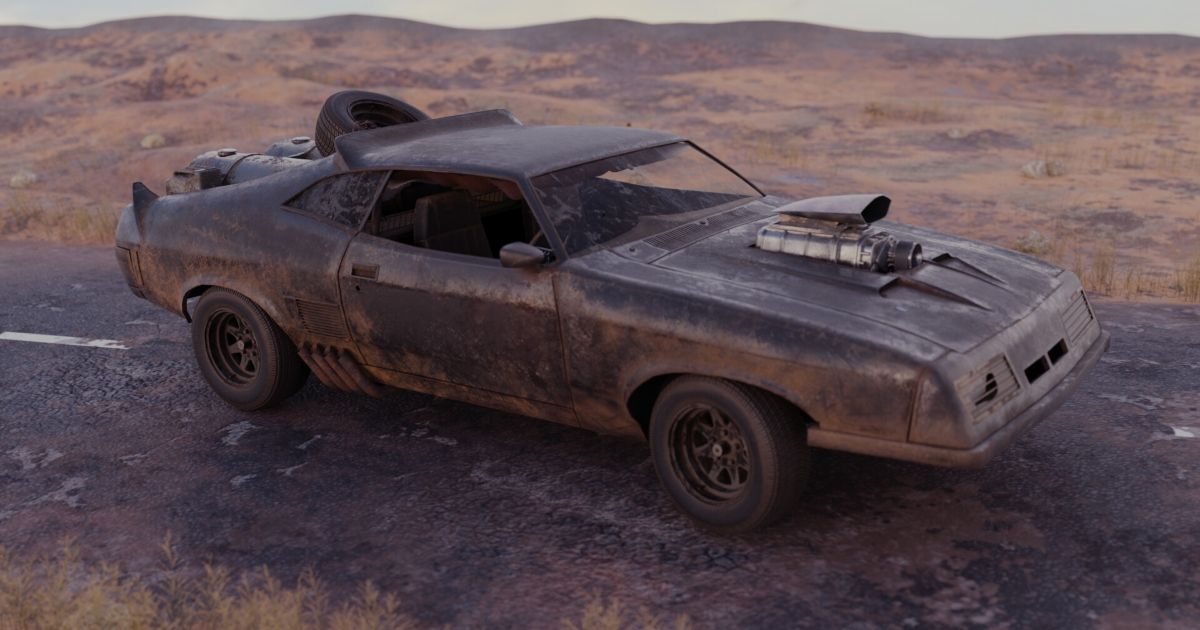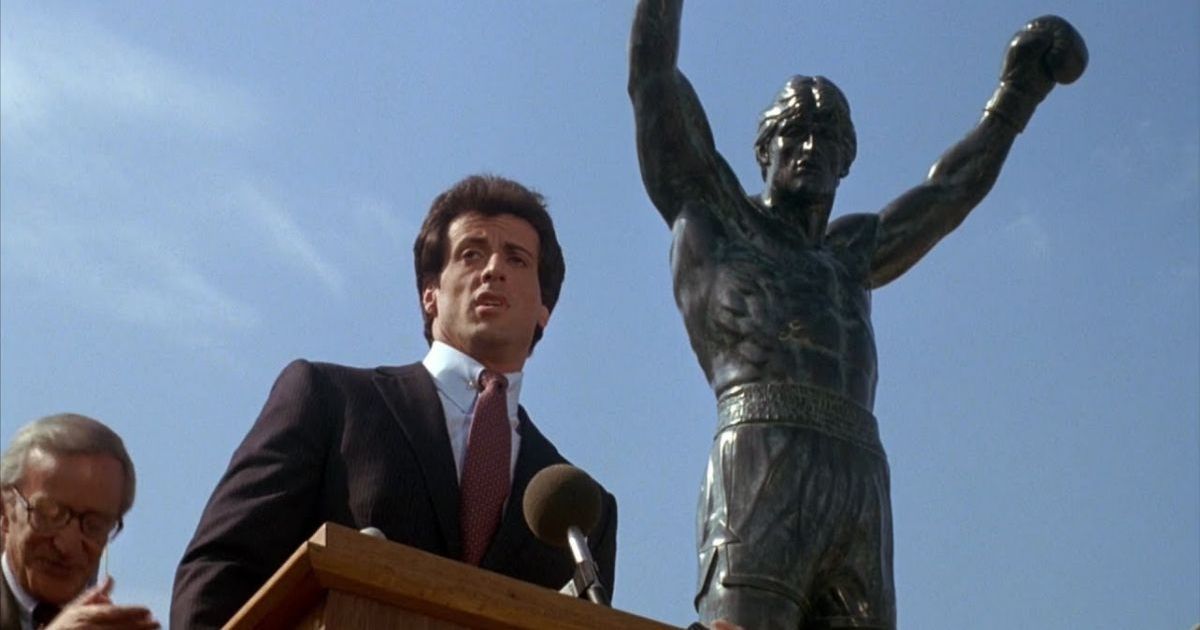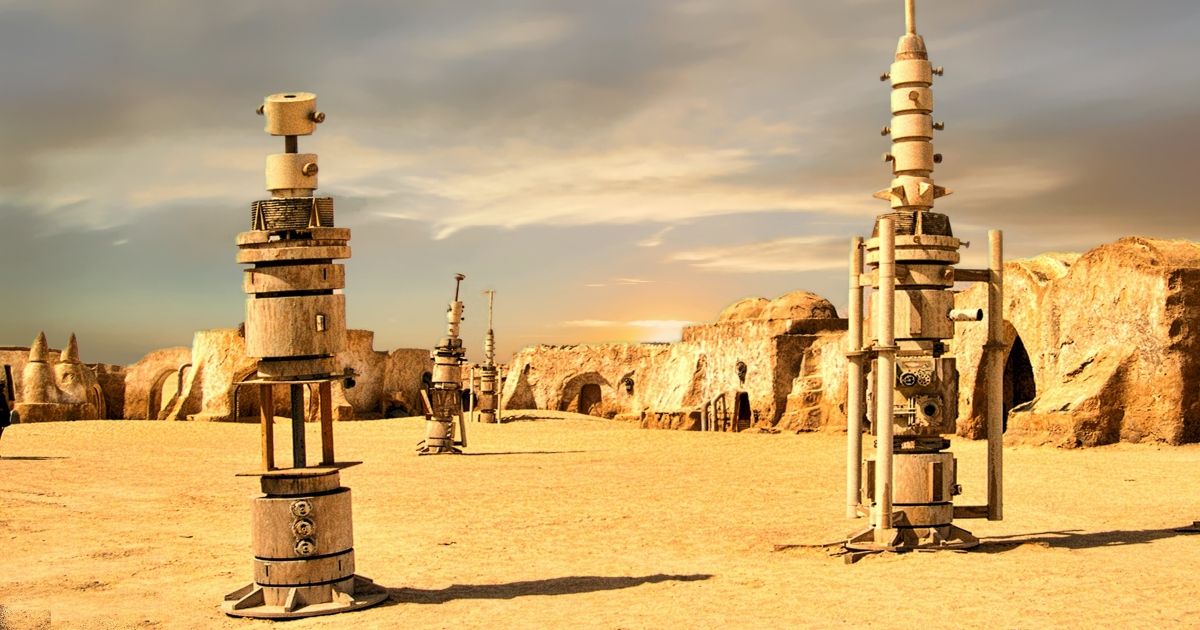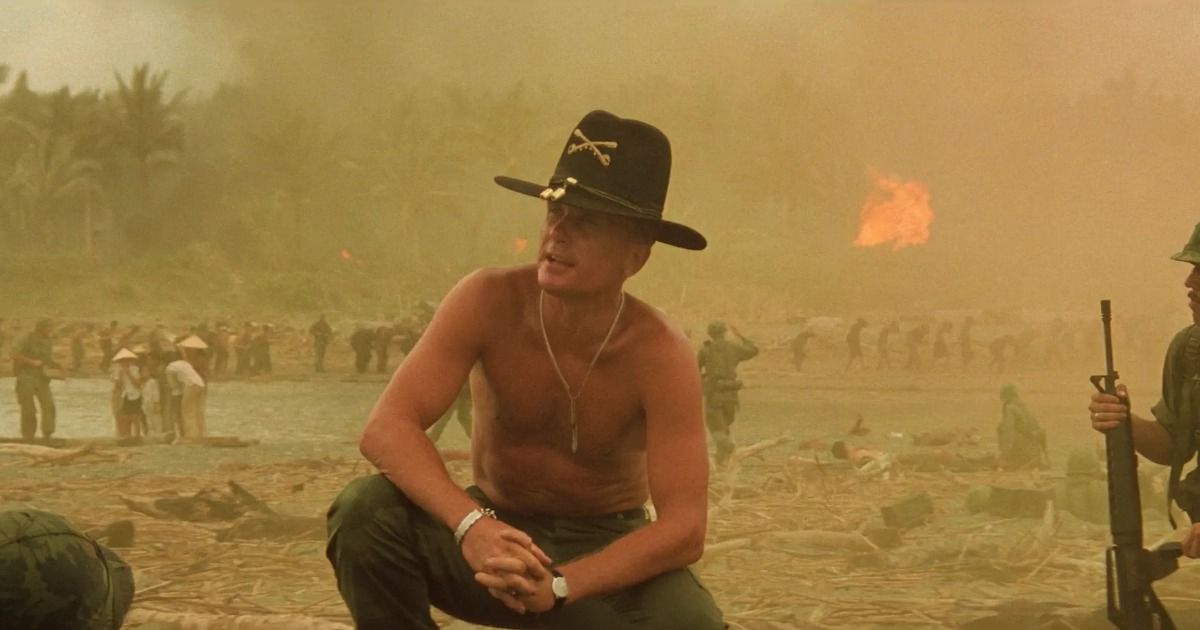With Max Rockatansky’s Interceptor fully restored to its former glory (despite officially self-detonating to smithereens in The Road Warrior, there’s always hope that film prop icons will live forever in reality, not just in our memories. The legendary Pursuit Special has a happy ending, but not all relics of cinema escape unscathed from the ravages of time, termites, scrappers, and rust.
Until fairly recently, that material was tossed aside, when not recycled or ripped asunder for parts. The surgical tools in 1989’s Batman were handed down from the prop guys who worked on the Little Shop of Horrors remake from 1986, to name but one example of resourceful prop departments never letting anything go to waste. What isn’t organically destroyed during filming, swiped, melted down, or simply misplaced, can earn a pretty penny. Well, those things that can be unscrewed, dismantled, or carried off on the back of a pick-up. Sure, emerald slippers, Maltese falcons, and archaeologists’ fedoras easily fit under your coat or in your purse, but sometimes the prop is the location itself and sits buried under the literal sands of time.
Saving film history is a matter of preservation on par with saving ancient Greek ruins or George Washington’s teeth. More so in fact, as the films we watch are not just our favorite form of escapism. Stepping foot on the deck of the Millennium Falcon or putting on Freddy’s glove provides us a concrete link that other media cannot provide.
Gonna Fly Now
What happens to all the props on set when the shooting wraps and crews go home? Surprisingly, film assets are usually a complete afterthought. The epic journey of the Rocky statue from Rocky III deserves its own movie, it's so full of twists. Couldn’t be any worse than Rocky V. Sly didn't have any use for the huge monument and gave away the behemoth to the city of Philadelphia after filming concluded. Unlike the highly-sought-after Mattel-branded hoverboard from Back to the Future: Part II, nobody wanted the bronze statue of Rocky, at least no one willing to pay for it. Against their wishes, the Philadelphia Museum of Art (the locale of the famous training-montage scene from the Rocky movies) was saddled with the gift after the local basketball arena where it was placed was torn down, patrons to the museum forever having to dodge winded tourists ascending the steps.
The statue sparked controversy for not being sufficiently “artistic” enough, which resulted in a game of hot potato as the city decided where to stick it. Through a compromise, it was placed at the bottom of the steps instead of at the top, where Rocky Balboa actually did the pose in the iconic training montage. Though in the years since, it has become iconic for different reasons, now a good luck charm for the city’s sports teams.
In a Galaxy 45 Minutes from Your House…
The Tunisian set of Star Wars sat collecting dust for years. We don’t mean that figuratively, it was almost swallowed up whole by the Sahara Desert. It might have remained that way until some enterprising locals took it upon themselves to dig out the ruins of Uncle Owen's moisture farm and promote tourism to the neglected set of Tatooine to see Luke’s childhood home.
There is something haunting and beautiful about stumbling onto these forgotten film sites. Urban explorers brave tetanus and prosecution for trespassing to sneak into decaying sets like the one featured in the 1988 film The Abyss, built inside a flooded former nuclear reactor, making it twice abandoned. Welcome to the booming niche world of tours of orphaned filmsites. Most of these are perfectly legal, thankfully. When you don't feel like building a set, there are plenty of pre-abandoned buildings waiting to be given a little attention. The long list includes the Shawshank prison (actually in Ohio, not Maine), and the 12 Monkeys’ shooting site. Film history is just an Uber ride away no matter where you live.
Yes, we know, there are a lot of prisons and asylums for some reason. There’s something about creepy old buildings you can’t replicate on a California backlot or fabricated set. If you are a struggling town looking to make a buck and have a dank old prison or mental clinic, give Hollywood a call, if they film in your city, you will be printing money for years. The tiny Aussie community of Silverton is still basking in the spotlight (and tourist dollars) of the Mad Max films of the 80s, despite being little more than barren scrubland. You might even be able to squeeze an extra few dollars out your local dead mall if you know the right location scouts.
Life Imitates Art
Despite the turmoil and shenanigans of Apocalypse Now, Francis Ford Coppola did manage to leave his Vietnamese stand-in better than he found it. Erecting villages and bringing in millions of dollars of set decorations, Coppola spared nothing to capture the feel of the Vietnam War through the lens of drugged-up, horny, existential grunts. Bequeathing the Philippine locale a stockpile of props he generously paid for himself out of his own pocket, then forgot about in a daze, the local fishermen have since developed a mean surfing tradition thanks to him. Picking up the discarded surf boards on the derelict set in the late-70s and taking up the sport with no training, the area now echoes the California aesthetic and surfer culture Coppola and John Milius infused into the film. Colonel Kilgore would be proud.
Likewise, the still-intact Field of Dreams from the eponymous movie, continues to draw in baseball junkies to the remote corner of rural Iowa. Hollywood, as an industry, may come across as a vacuous, cruel place, but sometimes the stories they create in their wake can be as wholesome as the films they make.




